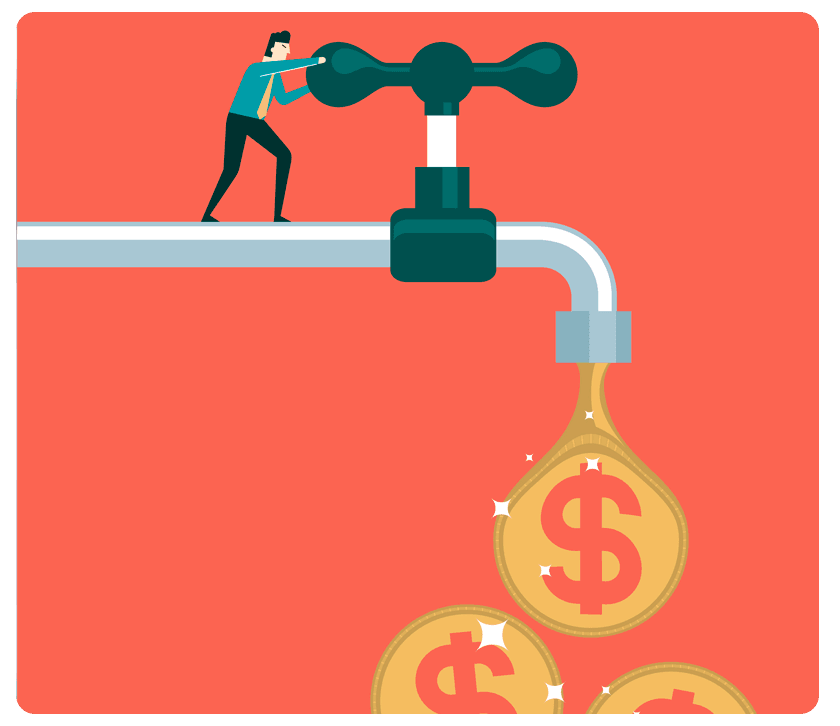Paragon Direct Blog
While your competitors obsess over click-through rates and algorithm changes, a marketing channel quietly delivers results that digital marketers dream of. Direct mail isn't making a comeback. It never left. And if it's not part of your current strategy, you're leaving serious opportunities on the table.
Gaining your customer's loyalty requires effort. Keeping it can require even more. Research indicates that despite 72% of buyers expressing satisfaction with their purchases, 88% remain open to changing vendors "at any time." How can you keep those valuable customers in the fold?
What's the secret to personalized printing success? It's not having lots of data. It's having the correct data. If you can get the recipient to stop, even for a fraction of a second, and say, "Hey! They're talking about me!" the mailing has done its job.
Running a brick-and-mortar business? You know how important it is to fight for attention. Whether you manage a coffee shop or a professional services firm, it takes something special to cut through the clutter of competing storefronts.
If you aren’t personalizing your direct mail pieces, you’re leaving money on the table. When you personalize mailings to each person in your audience, those recipients notice and respond. Here are five tips to effectively utilize this powerful tool.
We all understand the importance of crafting personalized, relevant messages that engage customers and drive revenue. The key is having the correct data to drive your desired results. But what kind of data? There are three main types, and the best results are achieved by using a combination of all three.
Data is a powerful tool for reaching into the world of your customers and creating meaningful connections. However, before data can fulfill its purpose, you must first create a meaningful customer experience.
What makes customers stay loyal, even when competitors slash prices or ramp up their marketing efforts? True loyalty extends beyond convenience or cost. It's built on trust and ongoing connection. Here are five proven strategies to strengthen those bonds.
Imagine discovering a massive audience that drives more than half of the U.S. spending power yet is rarely seen represented in marketing campaigns. Sounds unbelievable, right? But it’s a real thing.
The retail environment is busy. Shoppers are on the move. They are browsing shelves packed with products, dodging advertising in the aisles, and constantly looking at their phones to see who is "pinging" them. How do you break through all that noise? Wide-format graphics.
It’s often said that “age is just a number.” To some extent, that’s true. Americans are living longer, living healthier, and staying more active than ever. Many older Americans are remaining in the workforce far beyond retirement age. The traditional lines are blurring.
Sure, direct mail is a great way to attract new buyers, but it is also a proven way to keep existing customers satisfied. Done right, it reminds people why they love your brand and gives them reasons to stay engaged. Here are five ways to use direct mail to strengthen customer relationships:
Artificial intelligence (AI) is everywhere these days. It can suggest the best out-of-the-way vacation spots. It can write your work emails and help you visualize new paint colors for your kitchen. While these abilities often take center stage, AI also holds tremendous potential in business and marketing.
We regularly hear the phrase, “Break through the marketing clutter.” What does that mean? It means that customers are bombarded with thousands of marketing messages every day. Amidst this cacophony, you must find a way to get your marketing messages seen and heard.
Have you ever browsed a website and then soon afterward started seeing the brand’s name everywhere? A relevant ad pops up in your social media feed. A colorful postcard shows up in your mailbox. You begin receiving helpful product- or service-focused emails. If so, then congratulations! You’ve experienced drip marketing in action.
















